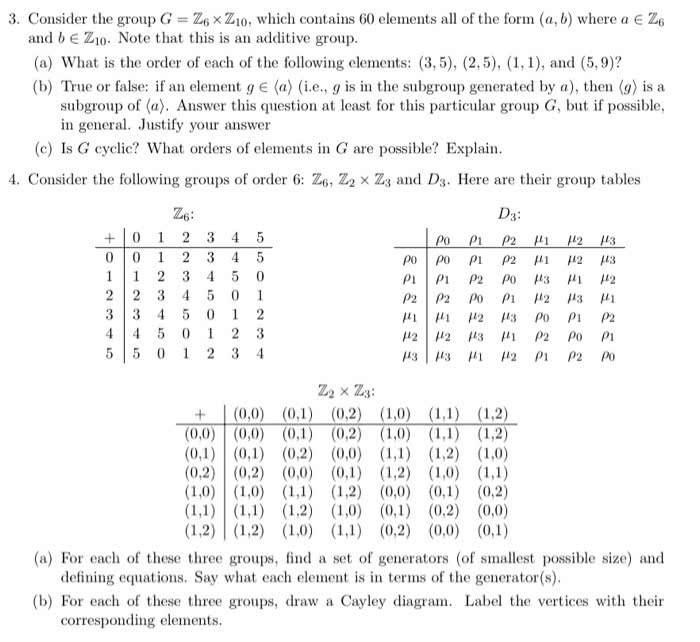MA 45300 Lecture Notes - Lecture 44: Parity Of A Permutation
Document Summary
A symmetric group of order n is the set 1, If a cycle contains s many elements, it is of order s. ie, (1532) is of order 4. If 2 cycles have nothing in common, they are said to be disjoint cycles. Every permutation is either the identity, a single cycle, or a product of disjoint cycles. Easy: we can do something like a1 = f (a ), 1 a2 = f (a ), , ak = f. 2 (a ), (a ), , ak = f. 1 a3 = f element of order k. we can also do a2 = f we can consider a number of disjoint cycles such as a2 = f can do this for many disjoint cycles. 1 ak = f at = f (a ), , (t). (k (a ) After that, we get a new cycle such that t < m. A transposition is merely a cycle of length.


